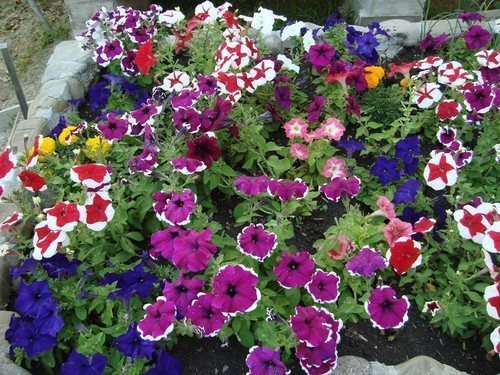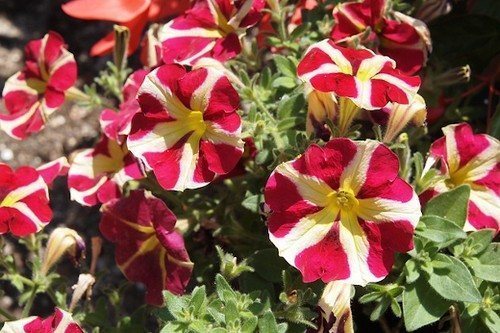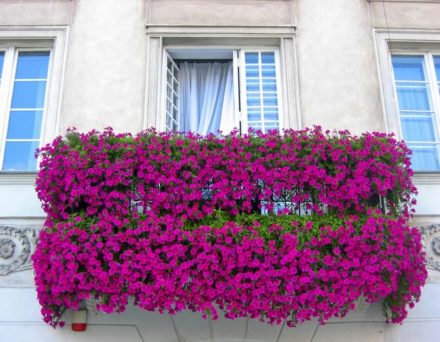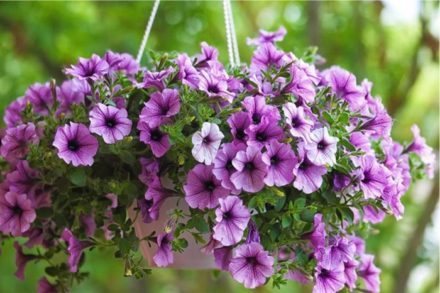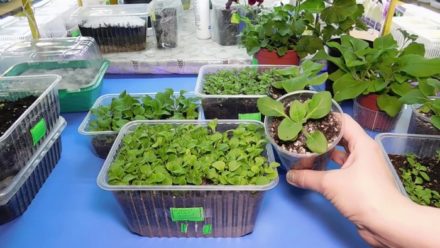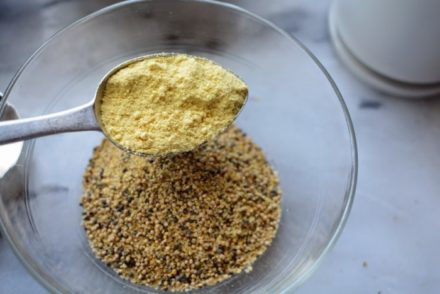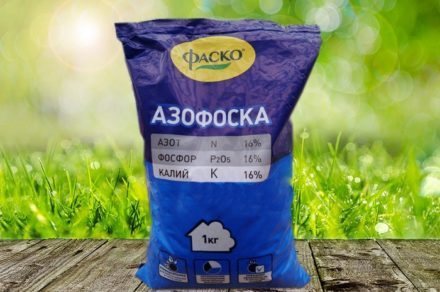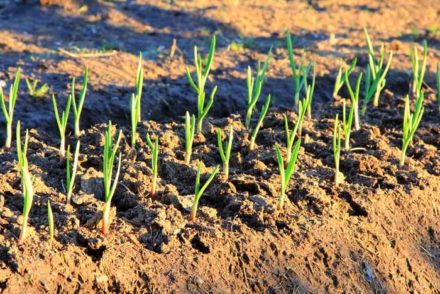Those who have tried to grow petunia from seeds know that this activity is often not successful. The seeds of the plant are too small, the seedlings are easily affected by the “black leg”, and it takes a long time to wait for the bushes to form. For beginners, the cutting method is more suitable. Petunia cuttings can be obtained from neighbors in the country or prepared from a specimen grown last season. In this case, new flowering plants will grow in a short time. 5 useful tips will help you carry out cuttings correctly.
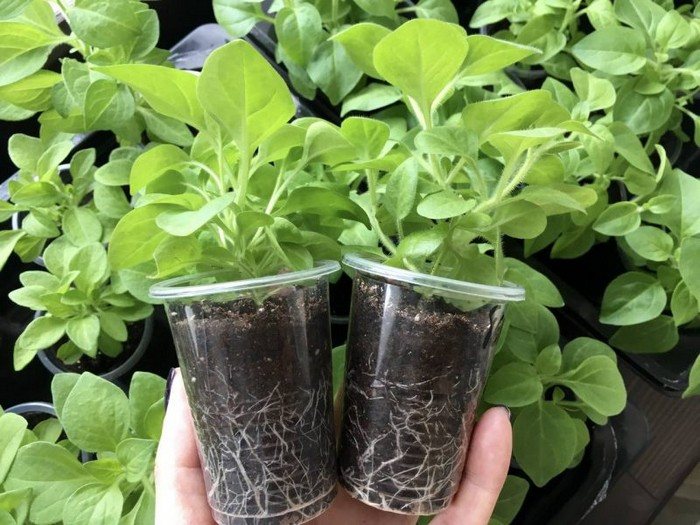
Timing of cuttings
Different types of petunias have their own cutting times. The variety chosen for propagation may belong to the bush, ampelous or cascade group. Plants with long hanging shoots are called ampelous; they look very impressive. Such petunias are usually grown in hanging pots.
Cascade varieties differ from ampelous varieties in having longer and more powerful shoots. Both of these petunias are able to live and bloom even in winter in heated greenhouses, where they can propagate by cuttings all year round.
Bush petunias, especially double varieties, are propagated by cuttings in the spring (from late February to May). After just two months, the rooted cuttings turn into bushes and bloom. You can carry out cuttings in a greenhouse and at home (for terry petunias, only greenhouse maintenance is suitable).
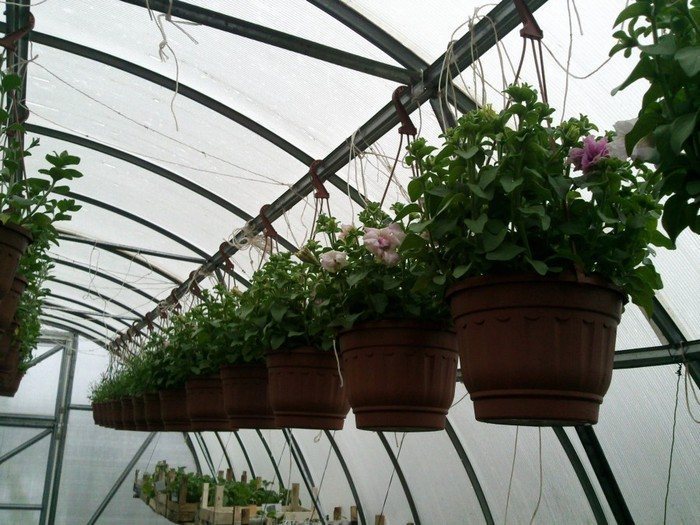
Choosing a mother bush
The mother plant is selected in advance, at the end of the previous season. The bush must be healthy and well developed; such petunias have strong immunity. It does not matter whether the plant is a varietal or a hybrid, since when propagated by cuttings, the daughter specimens will have all the qualities of the mother bush.

Preparing the plant for cuttings
At the end of September, the selected petunia is transplanted from open ground into a pot, which is placed in a house or winter greenhouse. The shoots are immediately cut off, leaving stumps 4-5 cm high. The soil provided to the plant must be nutritious and loose.
Before being brought indoors, the flower is treated with an insecticide or a solution of potassium permanganate. In winter, the pot with the plant should be kept in medium light. Suitable temperature is +10-15 °C. Petunia is watered regularly, avoiding excess moisture. Water for irrigation should be warm.
If petunia does not bloom, it is not fertilized. When the plant has formed buds, it is fed with complex flower fertilizer. 2 weeks before cuttings, a solution of urea and potassium humate is added under the bush.
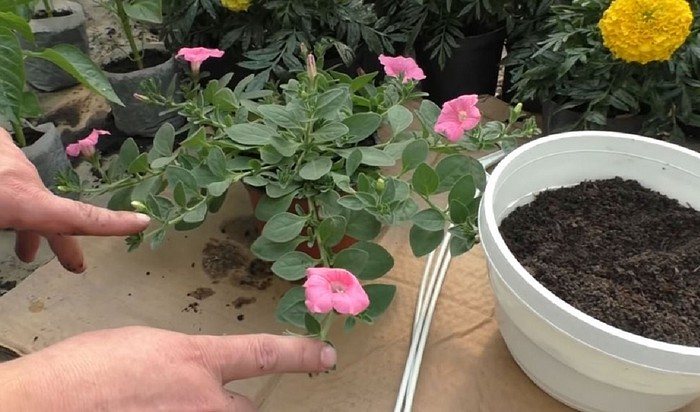
Cuttings
The cuttings are cut with a sharpened tool. You can use a utility knife, pruning shears, or small scissors. Alcohol and an aqueous solution of Chlorhexidine are suitable as a disinfectant. To prepare cuttings, take the tops of shoots with 4-5 leaves. You only need to leave the top 2 leaves. The remaining leaves are removed to reduce moisture evaporation.
The lower part of the cuttings is treated with “Kornevin” or “Heteroauxin” to stimulate root formation. To prevent the cut from rotting, it is powdered with crushed coal. Immediately after harvesting, the cuttings should be planted in a substrate or placed in water for rooting. After this, the mother bush continues to be fed every 10-15 days. As the shoots grow, the cuttings are taken again.
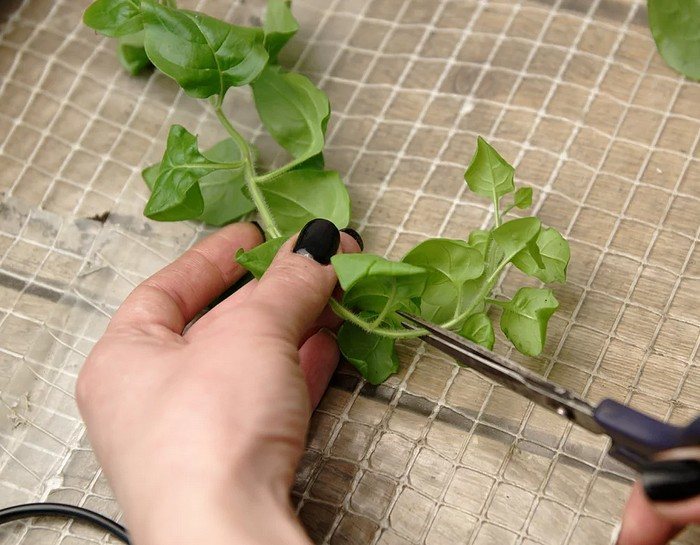
Rooting of planting material
Rooting can be done in two ways - in soil and in water. In the first case, a substrate is prepared consisting of the following components:
- 1 part garden soil;
- 2 parts peat;
- 2 parts sand.
Sand can be replaced with vermiculite. The mixture is disinfected by pouring boiling water or a solution of potassium permanganate, after which the cups are filled with it. You can plant 3-4 plants in each glass with an interval of 2-3 cm.
Planting depth is 1.5 cm. There should be a transparent cover on top (bag, plastic cup). The greenhouse is ventilated daily. The soil is moistened regularly, but without excess. Rooting should occur at a temperature of +23-25 °C in a bright room without exposure to direct sunlight.
The appearance of roots should be expected in a week or a little later. As soon as new leaves begin to appear, it will become clear that the cutting has taken root. After 1.5 weeks, young petunias are planted in separate containers. By the time petunias are transplanted into the ground, buds, as a rule, have already appeared on the plants.
Rooting in water follows a different principle. Place no more than 3 cuttings in a 200 ml glass. The water should be as clean as possible (spring water, melt water or filtered).Root the cuttings in a warm place with diffused lighting.
The amount of water is maintained at the same level, adding it as it evaporates. To prevent the cuttings from rotting, you can throw an activated carbon tablet into the water. After a week, the first roots will appear at the bottom of the stem. The cuttings are planted in the ground after 1.5-2 weeks.
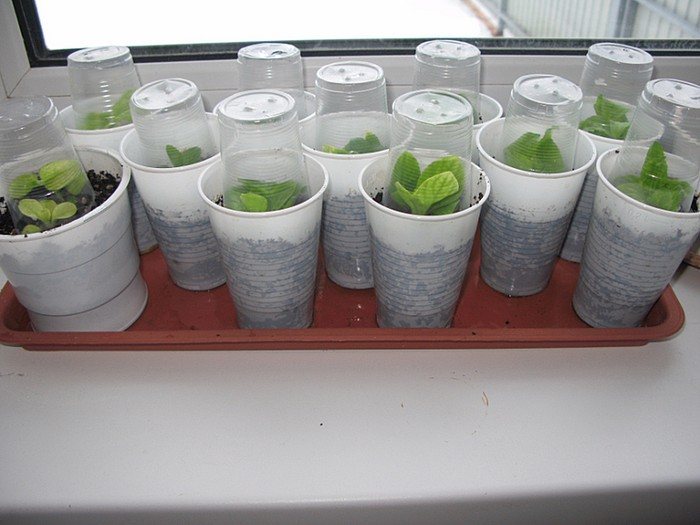
Propagation of petunias by cuttings is a convenient and quick way to obtain new plants. For hybrid varieties, this is generally the only method of propagation with the transfer of characteristics, since from their seeds it is impossible to grow specimens that copy the maternal qualities.


